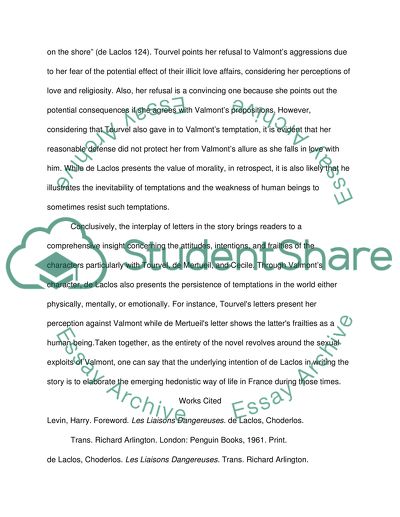Cite this document
(“Mad Love Essay Example | Topics and Well Written Essays - 2000 words”, n.d.)
Retrieved from https://studentshare.org/literature/1465346-mad-love
Retrieved from https://studentshare.org/literature/1465346-mad-love
(Mad Love Essay Example | Topics and Well Written Essays - 2000 Words)
https://studentshare.org/literature/1465346-mad-love.
https://studentshare.org/literature/1465346-mad-love.
“Mad Love Essay Example | Topics and Well Written Essays - 2000 Words”, n.d. https://studentshare.org/literature/1465346-mad-love.


